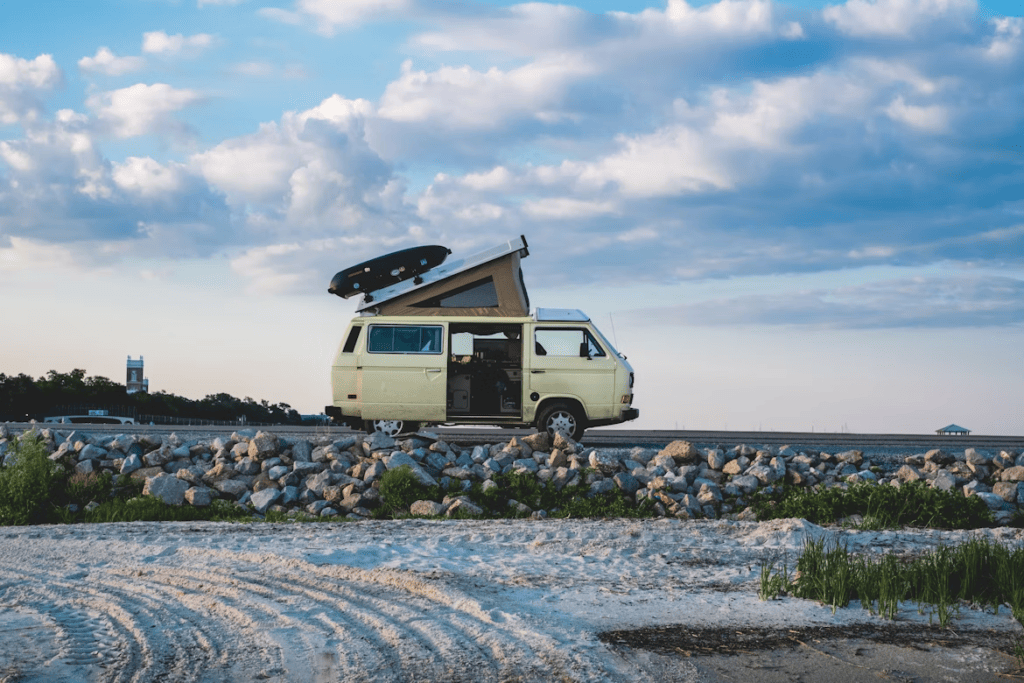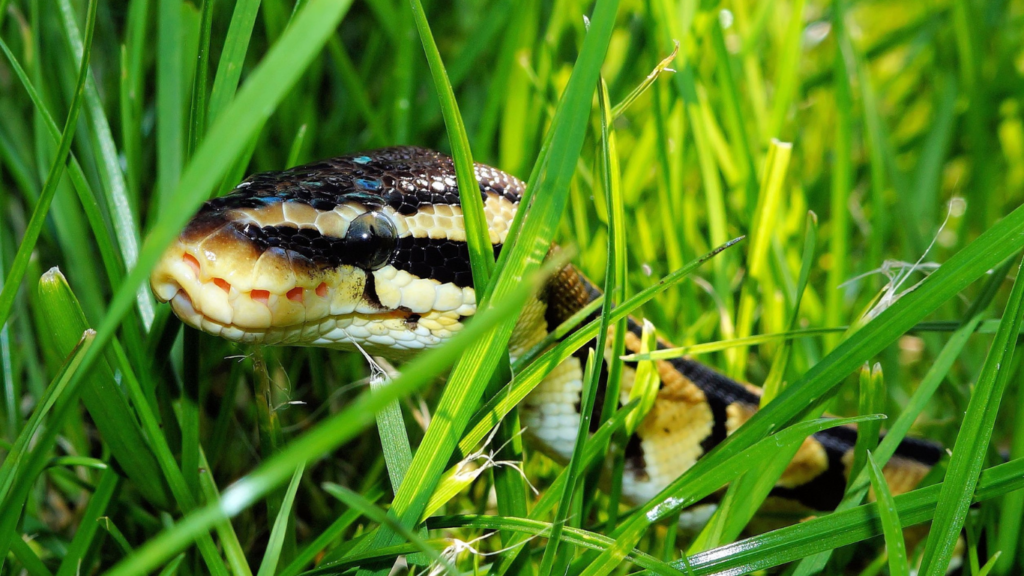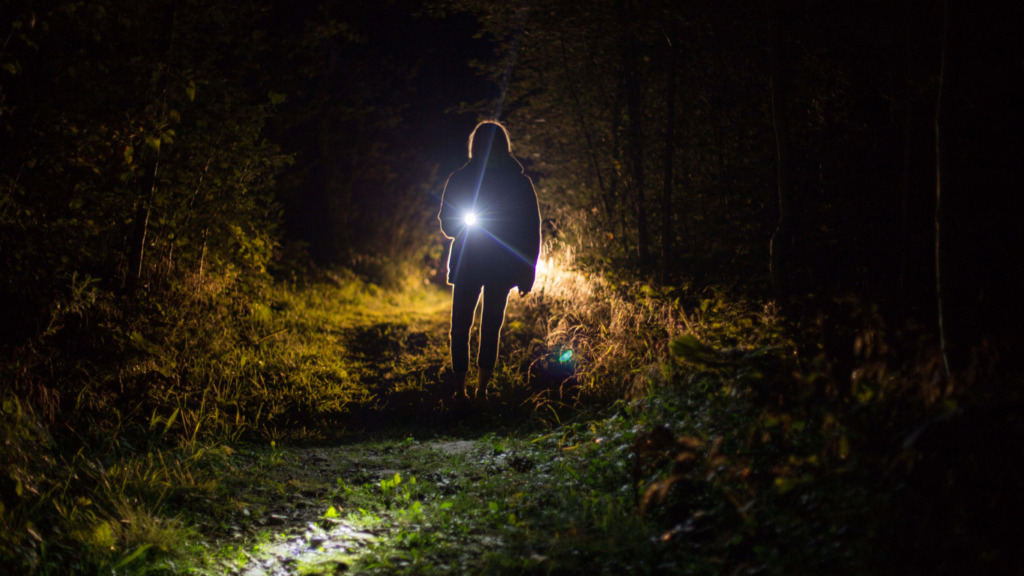Smart Ways to Make Campervan Travel Affordable
Image credit Campervan travel brings together the thrill of hitting the open road with the simple pleasures of a cosy home—just on wheels. It’s a winning choice for those who fancy long road trips, allowing you to take off at your own pace, make pit stops wherever you like, and skip the hassle of fixed […]
Smart Ways to Make Campervan Travel Affordable Read More »










